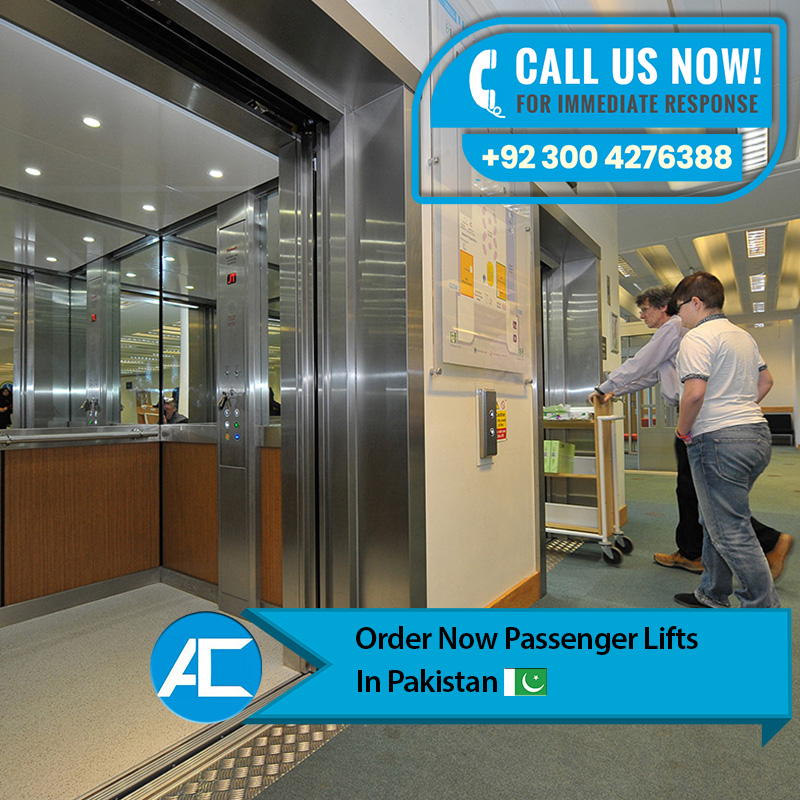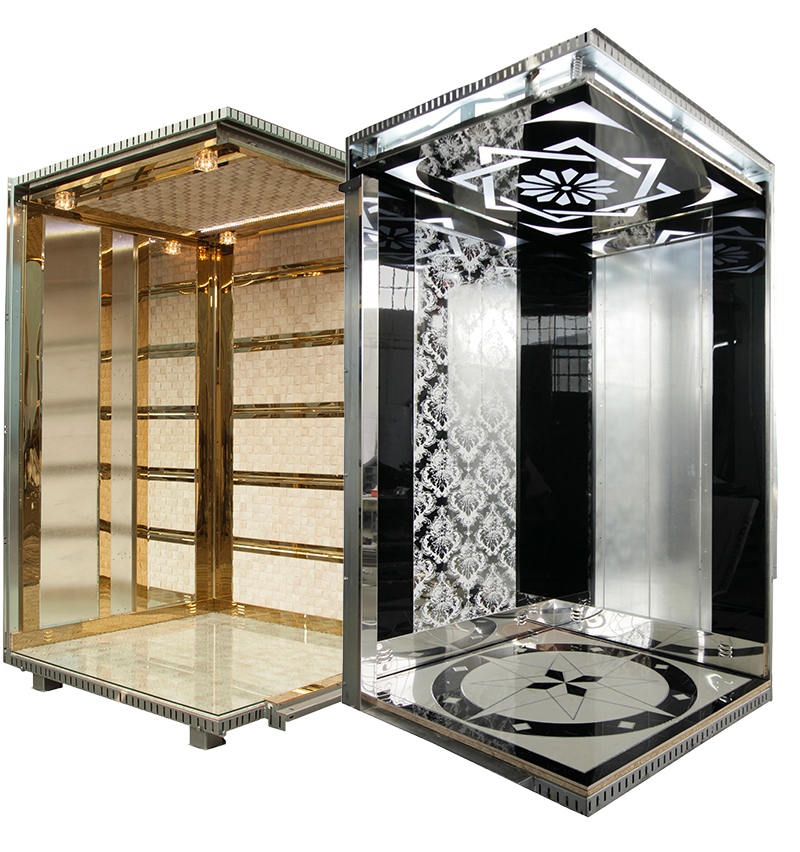Passenger Lifts in Pakistan have revolutionized vertical transportation systems, providing efficient and convenient solutions for moving people within buildings. These state-of-the-art elevators have significantly transformed how individuals access different floors, enhancing accessibility and comfort. The introduction of modern Passenger Lifts has led to a notable improvement in urban infrastructure, catering to the needs of both commercial and residential spaces.
In recent years, the demand for Passenger Lifts in Pakistan has surged due to rapid urbanization and the construction of high-rise buildings. Access Technologies, owned by Imran Rafi, stands out as the best elevator company in this landscape. These lifts offer numerous benefits, such as reduced waiting times and enhanced safety features. Embracing cutting-edge technologies, including destination control systems, Access Technologies has effectively optimized lift efficiency, alleviating overcrowding concerns and ensuring passengers experience smoother rides.
One key advantage of Passenger Lifts is their ability to make buildings more inclusive. These elevators provide accessibility for individuals with mobility challenges, making multi-story structures available to everyone. In commercial settings, this inclusivity aligns with legal requirements and demonstrates a commitment to diversity. Moreover, these lifts’ ease of use and modern aesthetics add value to properties, making them attractive to potential buyers or tenants.
As Pakistan continues to experience rapid urban growth, the integration of Passenger Lifts has become not just a luxury but a necessity. These lifts optimize space utilization in high-density areas and reduce reliance on traditional staircases, particularly in buildings with numerous stories. With ongoing technological advancements, enhanced safety measures, and improved user experiences.
In conclusion, Passenger Lifts have become an integral part of Pakistan’s urban landscape, revolutionizing vertical mobility and ensuring efficient transportation within buildings. As the demand for vertical space increases, these lifts play a pivotal role in enhancing accessibility, inclusivity, and convenience.
Passenger Lift Manufacturers
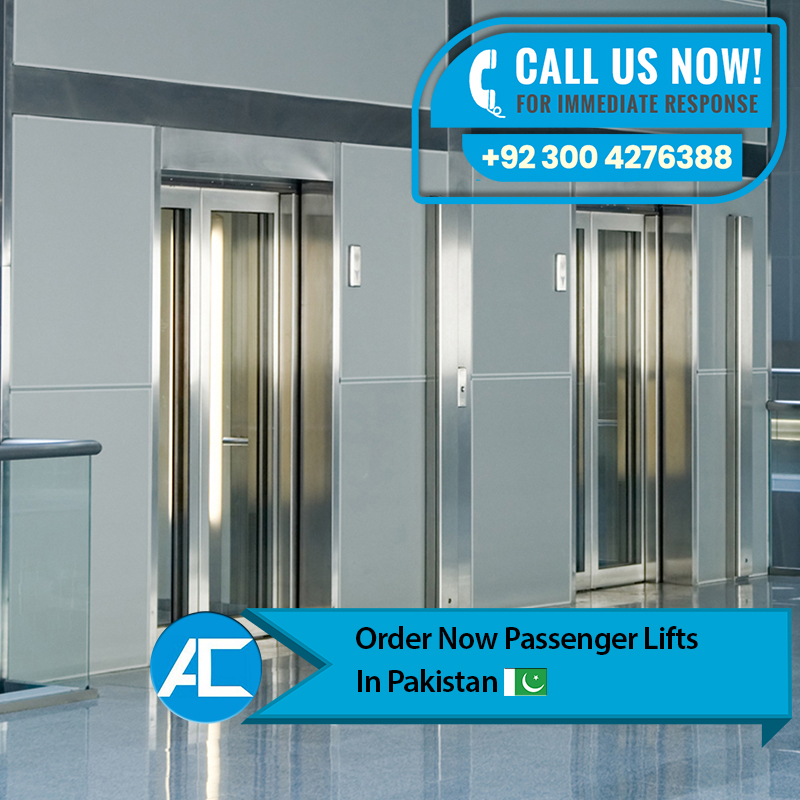
Passenger Lift Manufacturers are pivotal in shaping the modern vertical transportation landscape. These companies are at the forefront of designing, developing, and producing cutting-edge elevators that cater to the diverse needs of various industries and architectural designs. With a focus on innovation and safety, these manufacturers continuously strive to enhance the functionality and efficiency of Passenger Lifts, contributing to the advancement of vertical mobility solutions.
In today’s competitive market, Passenger Lift Manufacturers utilize advanced technologies to create elevators that provide seamless transportation and adhere to stringent safety standards. Manufacturers ensure that their lifts offer optimal performance and reliability by incorporating state-of-the-art sensors, control systems, and materials. Furthermore, they actively engage with architects and building planners to customize lifts according to specific project requirements, ensuring a perfect fit for both form and function.
Collaboration between architects and Passenger Lift Manufacturers has led to integration of these lifts as essential architectural elements. Manufacturers understand the need for lifts to complement the overall design aesthetics of a building, whether it is a sleek skyscraper or a historic structure. This synergy between design and functionality results in Passenger Lifts that move people efficiently and add aesthetic value to the spaces they serve.
The role of Passenger Lift Manufacturers extends beyond just production. They are responsible for comprehensive services, including installation, maintenance, and modernization of lifts. Regular maintenance ensures lifts’ longevity and smooth operation, enhancing passenger safety and satisfaction. Moreover, manufacturers continuously invest in research and development to keep up with evolving technologies and regulations, ensuring their lifts remain at the forefront of innovation.
In essence, Passenger Lift Manufacturers are the driving force behind the evolution of vertical transportation systems. Their commitment to quality and innovation ensures that buildings of all types benefit from efficient and reliable lifts that seamlessly blend with their surroundings.
Benefits Of Passenger lift
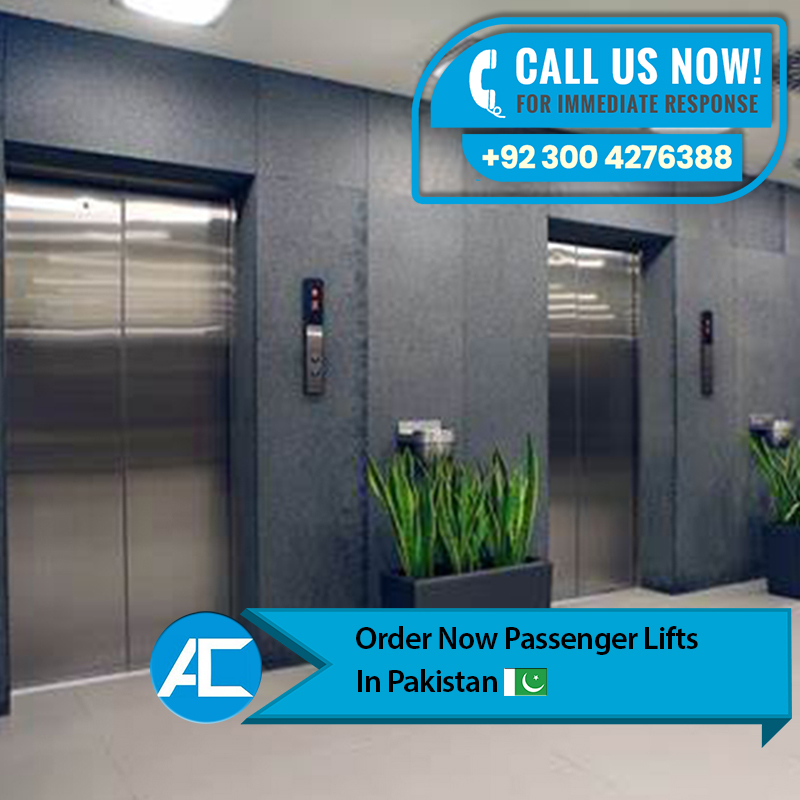
Passenger Lifts offer many benefits beyond mere convenience, revolutionizing vertical transportation in various settings. These elevators have become an integral part of modern architecture, enhancing accessibility and functionality while addressing the challenges of multi-story buildings.
One of the primary advantages of Passenger Lifts is their capacity to save time and energy for individuals and businesses. In bustling urban environments, where time is of the essence, these lifts eliminate the need for laborious climbs upstairs, making vertical movement swift and effortless. Moreover, they cater to individuals with limited mobility, ensuring equitable access to all building levels.
Safety is another paramount benefit associated with Passenger Lifts. Manufacturers incorporate advanced technologies such as emergency braking systems, secure door mechanisms, and fire-resistant materials to guarantee the well-being of passengers. These safety features minimize the risk of accidents and ensure a secure travel experience, particularly in emergencies.
The incorporation of Passenger Lifts can significantly increase the value of a property. Real estate developers and building owners recognize that the presence of well-designed and efficient lifts adds to the overall appeal of a structure. Whether in commercial or residential spaces, these elevators contribute to the aesthetics and functionality of a building, attracting potential buyers and tenants alike.
Furthermore, Passenger Lifts contribute to resource optimization by efficiently using vertical space in high-rise constructions. This efficient use of space aids in reducing a building’s footprint, allowing for more sustainable and eco-friendly designs. Additionally, the energy-efficient technologies employed in modern lifts help minimize power consumption and operational costs, aligning with global efforts to mitigate environmental impact.
Safety Features
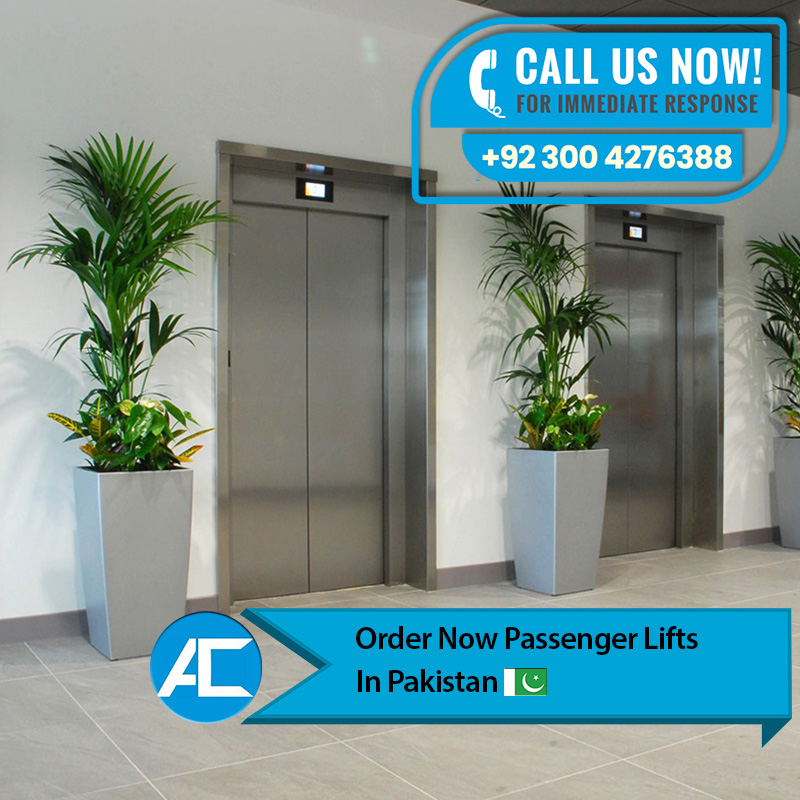
Passenger Lifts come equipped with a comprehensive array of safety features that ensure the well-being of passengers throughout their vertical journeys. These features are carefully designed to mitigate risks and provide a secure and worry-free transportation experience within buildings.
One of the key safety features of Passenger Lifts is the emergency braking system. In the event of a sudden malfunction or power failure, this system engages to swiftly and safely bring the lift to a halt. This mechanism prevents free falls and abrupt stops, minimizing the potential for passenger injuries. Additionally, secure door mechanisms work in tandem with the emergency braking system, preventing accidental door openings while the lift is in motion.
Modern Passenger Lifts also incorporate advanced sensors that detect obstacles inside and outside the lift. These sensors ensure the doors do not close on passengers or objects, averting potential accidents. Moreover, these sensors contribute to efficient operation by reducing door-closing time when no obstacles are detected, enhancing safety and convenience.
Fire safety is a critical aspect of Passenger Lift design. Lifts are equipped with fire-resistant materials to prevent the spread of flames and smoke. Furthermore, lifts are programmed to automatically halt at designated safe floors during fire alarms, enabling passengers to exit safely and facilitating the work of firefighters. This integrated fire safety system ensures that the elevator remains a reliable means of evacuation, even in emergencies.
In conclusion, the safety features integrated into Passenger Lifts are essential components that prioritize the security of passengers. Emergency braking systems, secure door mechanisms, obstacle sensors, fire safety measures, and communication systems collectively create a safe environment within the elevator.


